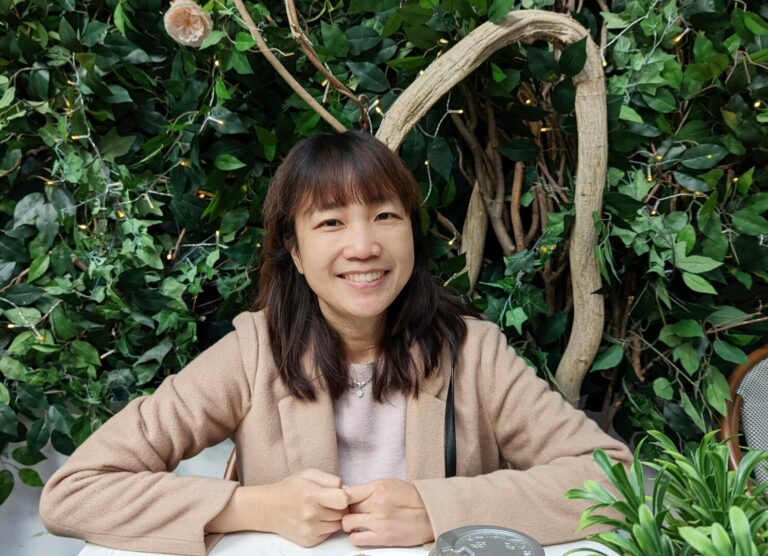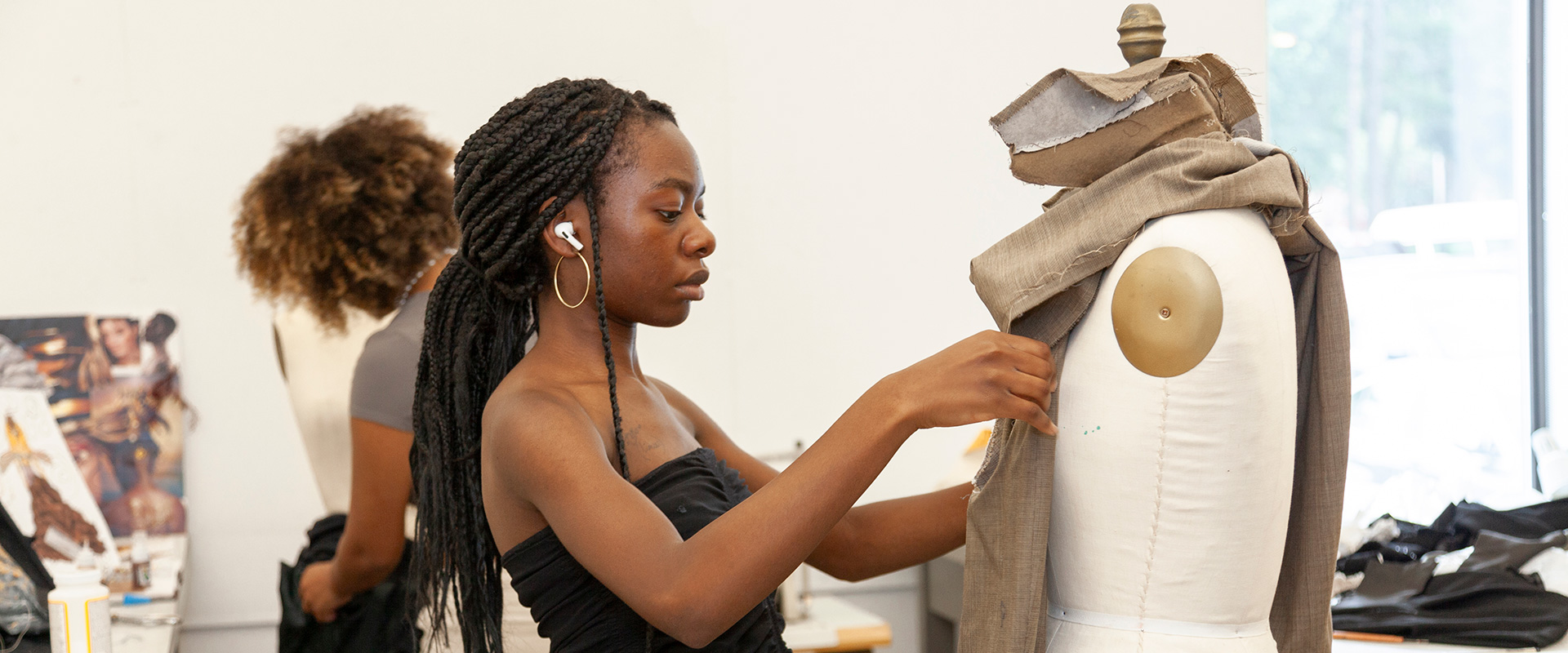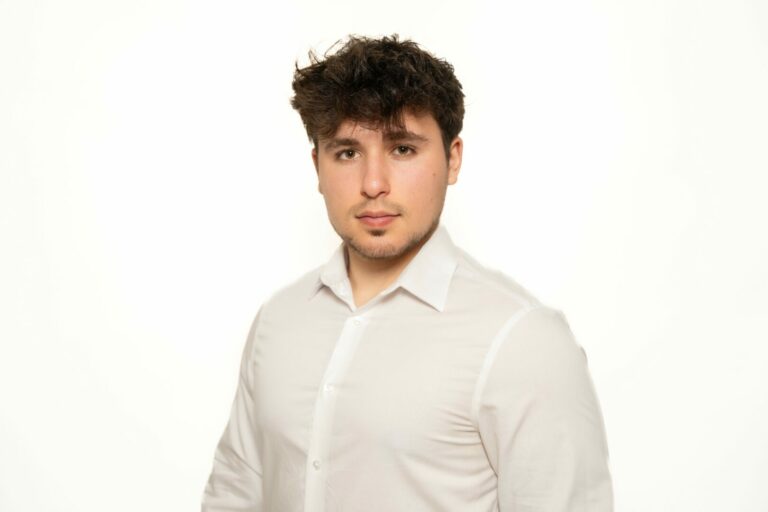We were lucky to catch up with Hong Hua recently and have shared our conversation below.
Hong, thank you so much for taking the time to share your lessons learned with us and we’re sure your wisdom will help many. So, one question that comes up often and that we’re hoping you can shed some light on is keeping creativity alive over long stretches – how do you keep your creativity alive?
My way of keeping my creativity alive is to find opportunities in everyday’s scene, without thinking about stakeholders, users, feasibility, profitability, etc. Once you are not limited by any of these constraints, you can find the essence of joy of creating stuff.
I keep my creativity alive by finding opportunities in everyday scenes, without thinking about stakeholders, users, feasibility, profitability, or any other constraints. When you’re free from those limitations, you can rediscover the pure joy of creation.
Aside from being a designer and creative technologist, I’m enthusiastic in the world of endurance sports, especially running and cycling. Recently, while building up my bike for an upcoming race and adjusting parts for a better geometric fit, I noticed a pile of unused components in my bin. They suddenly reminded me of Picasso’s iconic piece, the Bull’s Head. That sparked an idea: instead of letting those parts gather dust, why not turn them into wall art?
So I came up with a concept for a universal connector that mounts a modern handlebar to a standard saddle. I 3D printed a few iterations and eventually named the piece Bull’s Stem (like a bike stem!). When I shared it with teammates and local bike shops, I was surprised by how much interest there was. And now I’m working on the first production batch.
Maybe these random sparks won’t directly boost your career, but they subtly sharpen your design sensibility. Daily practice teaches you things, like how two curves intersect to look more balanced, or how to account for mechanical tolerances in FDM 3D printing. And who knows? Maybe a bike company will see your work and reach out with an opportunity. You never know.
In short, don’t treat design as just a profession—make it a lifestyle. Having a creative mindset is far more valuable than collecting titles or awards, and broadening your interests is never a bad thing.

Thanks for sharing that. So, before we get any further into our conversation, can you tell our readers a bit about yourself and what you’re working on?
I’m an industrial designer and creative technologist focused on building interactive experiences that merge the physical and digital. My goal is to create more intuitive, tangible, and memorable user experiences, ones that go beyond the digital screen. In many ways, I’m working to revitalize physicality in design. Some examples of my work include arcade games with custom-built controllers, experimental cyborg wearable headsets, and multisensory mixed reality books that trigger haptic effects as you progress through the narrative.
Alongside my personal practice, I bring the same philosophy to my role as a designer at Deeplocal. Here, we create novel installations, exhibitions, and events for clients like Google, LinkedIn, and Nike. Our work spans from handheld products to robotic systems and architectural-scale installations, reaching millions of users. One of our recent highlights was the Live Más Drive-Thru Cam for Taco Bell—a photobooth-style installation that captured over 3,000 real fans across five states, featuring them in a Super Bowl commercial. This project challenged the norm of brands spending millions on celebrities, and instead celebrated everyday consumers. It was recognized by The Ex Awards and The Drum Awards, and most importantly, seeing people joyfully share their moments on social media made the work feel especially meaningful and fulfilling.
What excites me most right now is the growing accessibility of advanced technologies, which continues to unlock experimental potential. Today, anyone can build an IoT system with Arduino, integrate AI algorithms using open-source models, or 3D print a prototype within minutes. This democratization of tools removes creative barriers, enriches the design process, and reshapes workflows. Instead of handing off renderings and debating feasibility with engineers, designers can now prototype and validate ideas firsthand, and that shift is incredibly empowering.

There is so much advice out there about all the different skills and qualities folks need to develop in order to succeed in today’s highly competitive environment and often it can feel overwhelming. So, if we had to break it down to just the three that matter most, which three skills or qualities would you focus on?
In my opinion, the three most impactful factors in my journey have been curiosity, collaboration, and longevity.
I see curiosity as the motivation of learning, the drive to explore across disciplines and build a broad, interconnected skillset. When I first started studying industrial design, I quickly realized I was more intrigued by the technical side of design than by just rendering product appearances. I became fascinated by how products are mechanically structured and how hardware systems respond in real-time. That curiosity pushed me deeper into creative technologies like coding and digital fabrication. These skills have empowered many of my recent projects and allowed me to approach ideas with a more systematic mindset, leading to more efficient execution. A good example is Auto Wave Machine, a tremolo guitar pedal controlled by the performer’s body movements. It was featured at the 2024 Open Source Hardware Summit. Beneath its ripple-textured facade is an AI-driven system that interprets posture data into sound modulation parameters. In this project, the internal architecture shaped the industrial design itself, reducing unnecessary iterations and saving both time and cost.
The second key is collaboration. No one can master every field, so it’s essential to bring in diverse perspectives and co-create. I often work with visual artists and developers to make projects feel fully realized and multidimensional. These collaborations are also learning opportunities that help expand my thinking. At the same time, I believe it’s valuable to collaborate with peers in your own discipline. When you’ve been in an industry long enough, you develop your own shorthand and languages which can sometimes limit creative thinking. Seeing how others approach the same problem can be both refreshing and transformative.
Lastly, longevity, something I believe is often missing in today’s fast-paced creative world. Especially in design, there’s a tendency to chase trends rather than pursue innovation. After Steve Jobs reshaped interaction design, the focus shifted heavily toward digital interfaces, while physical product design took a back seat. Screens keep growing to display more content, however from an ergonomics perspective, human palms haven’t evolved in the last decade. Designers start to use minimalism as an excuse, and stop emphasizing the narrative. At the same time, many people shifted from industrial design to the UX world, and the term “product design” got redefined. I also questioned myself whether I should follow that path, but eventually I realized that I’m not especially drawn to the digital world. I feel fortunate to have stayed true to what I love, and as my expertise deepens, so does my confidence.

What is the number one obstacle or challenge you are currently facing and what are you doing to try to resolve or overcome this challenge?
The biggest challenge I’m facing right now is achieving a sustainable work-life balance. It’s not that my day job overwhelms me, but I’ve realized that since I’ve fully embedded creativity into every part of my life, it’s become difficult to distribute my time across the different threads. When your creative mindset is always “on,” there’s no clear separation between work and personal passion—and that can be both energizing and exhausting.
As I become more immersed in this capitalist system, I sometimes struggle with the reality of what design ultimately serves. It’s easy to feel disillusioned when you start questioning the real impact of your work. Of course, it’s not easy to walk away from a steady paycheck, but I still want to carve out an independent path where I can pursue creative freedom, whether that’s through personal projects or my long-term goal of running a sub-3-hour marathon within the next five years.
Maybe there’s no perfect framework for doubling the hours in a day. I’m starting to see it more as a lifelong journey, one where you gradually find your own rhythm and pace.
Contact Info:
- Website: https://studiohuahong.com/
- Instagram: https://www.instagram.com/studiohuahong/
- Linkedin: https://www.linkedin.com/in/studiohuahong/




Image Credits
Taco Bell, Biite, collaborated with Deeplocal
so if you or someone you know deserves recognition please let us know here.




